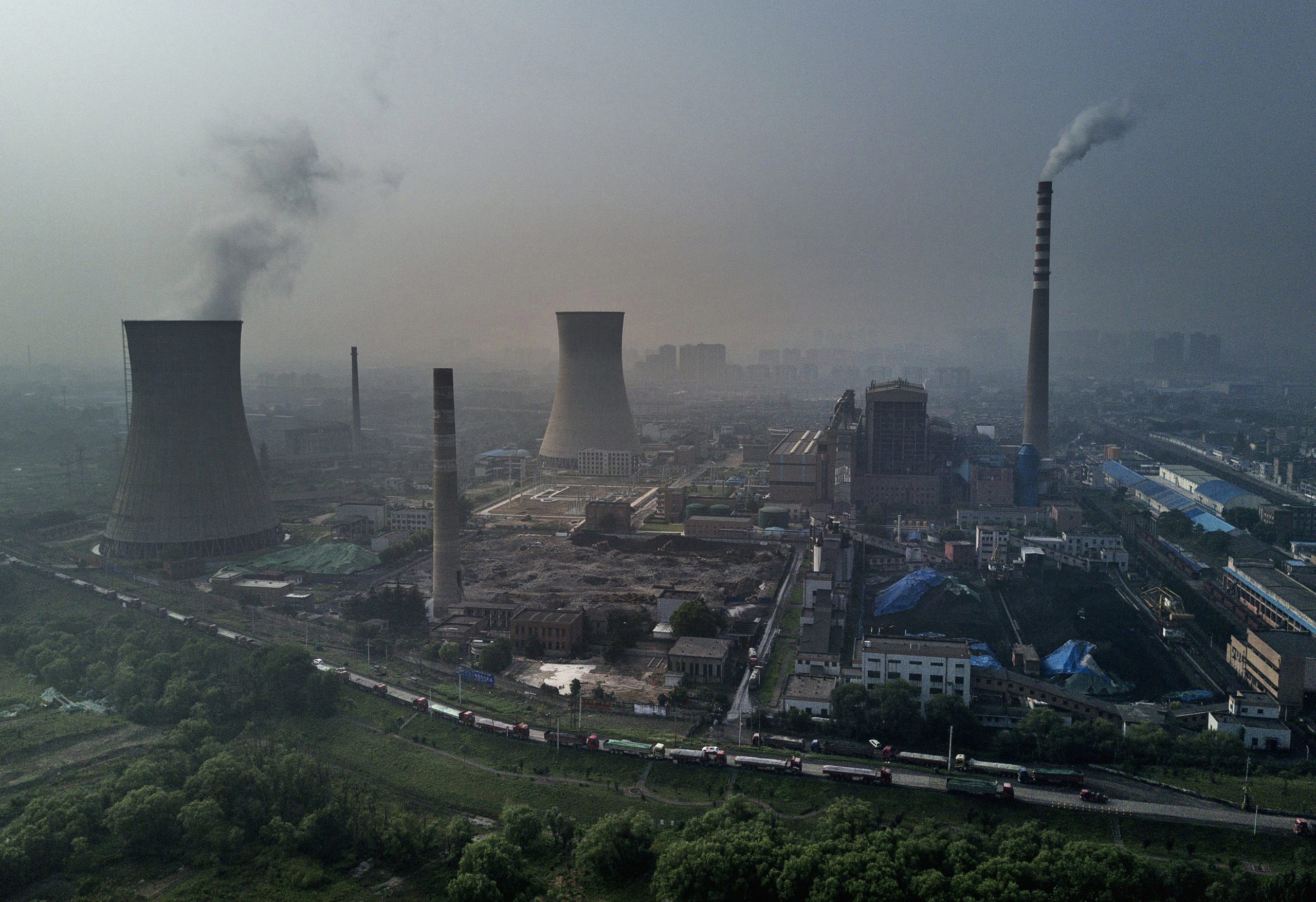
China was the only major economy to experience growth last year, as its industrial sector continued to expand. Following a year-on-year contraction of 6.8 per cent in the first three months of 2020 – the first fall in output in more than 40 years – the Chinese economy avoided a recession and registered growth of 2.3 per cent by the end of 2020.
Much of China’s apparent success can be attributed to its response to coronavirus. Its reported infection numbers flatlined at the beginning of March, though there has been a recent uptick in cases centred on Hebei province. Instead of suffering the punishing economic consequences of national lockdowns, China has been able to keep its factories open and its people working.



